Guys, I’m a field biologist now!
Ok, not really, but I did go on my first trip to the field with Shane, and I don’t think I did half bad! Shane has been to the field a few times now. He went to Tanzania for his PhD project and joined a group in Corsica between his PhD and postdoc. Honestly, these trips were pretty awful for him since I couldn’t come.
I’m being completely sarcastic.
They were hard work, but he loved it. On the other hand, I had to stay home and “go to work” and “be responsible” and 🙄. But you know what? Not anymore! Thanks to my freelance editing job, I have the flexibility to tag along!
This trip was quite a learning experience for me. So, I thought I’d go through some of the basics.
First things first…
How do you find the butterflies?!
Word of mouth!
We were looking for two specific types of butterflies: Heliconius erato cyrbia (the blue one) and Heliconius himera (the black, red, and yellow one). For us, locating them was relatively simple because Heliconius butterflies are an expansive and extensively studied genus. So, collaborators and other Heliconius researchers have shared or published GPS coordinates where they previously found these specific butterflies. I can’t speak for those looking for other species, but I imagine it’s similar.

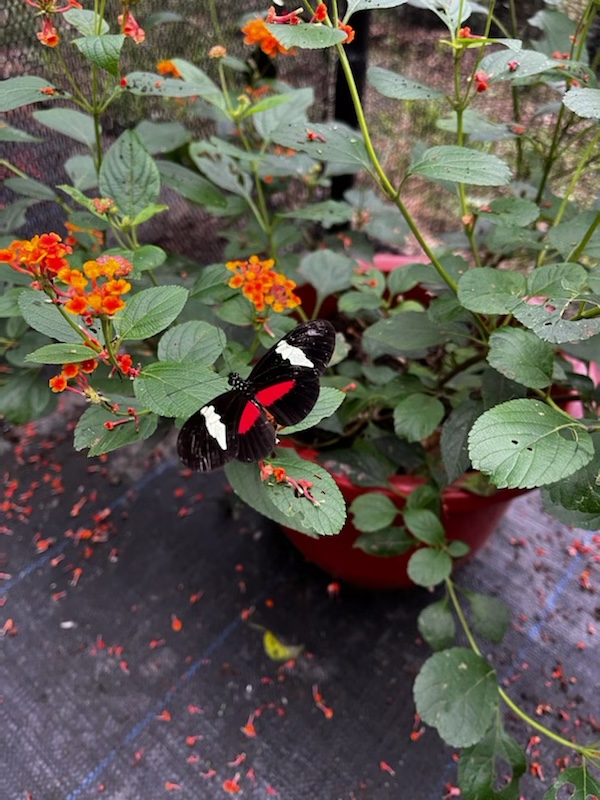
So, that’s how we ended up in Balsas (for cyrbia) and Vilcabamba (for himera).

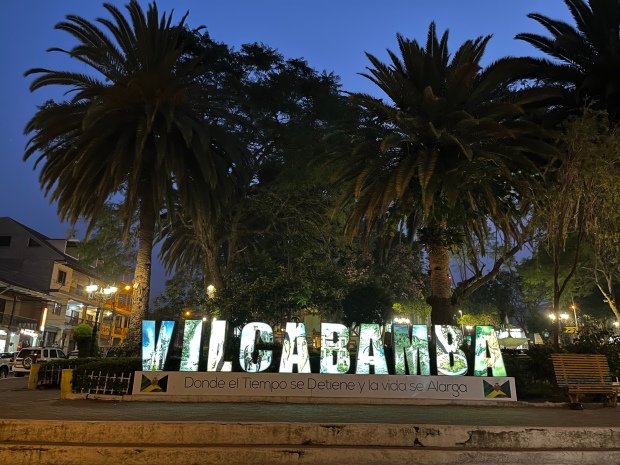
Now, GPS coordinates are great and all, but they don’t actually tell you HOW to get to said location. For instance, when we showed up at the first location in Balsas, the GPS coordinates did not tell us to climb under a barbed wire fence, wade through the boggy area, and scale the (very muddy) hill.
How do you catch them?
With a net, of course!
However, this requires a little skill, some quick (or quick-ish, in my case) reflexes, and patience. My crash course from Lucie was something to the effect of “never swipe from the top—it’s nearly impossible to catch them that way,” “try and swipe from behind so they don’t see you,” and “make sure you have a good swoosh and flip!” (to keep them in the net, naturally).
We all had misses, some more comical and frustrating than others. Conversely, there were some pretty solid catches—Shane and Lucie both had a couple of two-at-one-time instances! I found with time, I worked out my own “catching style,” if you will. Shane and Lucie are rapid-fire-quick-swoosh kinds of people. I, however, am not. 😂 I caught more butterflies once I abandoned the aggressive swoop and went for the steady swoop. Slow and steady catches the butterflies… that’s the saying, right?
It’s in my net. Now what?
Bag ’em up!
Ok, so it’s really more an “envelope ’em up” scenario. This trip taught me that while butterflies are fragile, they can withstand gentle handling. Once they are in the net, you can lightly pinch the wings to stop them from flapping and easily move them. The simplest mode of transport is a small envelope with a bit of cotton in the bottom, which maintains a small pocket inside the envelope so they don’t crush their head and eyes. Once the butterfly is in the envelope, it may be able to move around a bit, but it can’t flap around and damage its wings. Once it was safely in the envelope, they went into the “butterfly box” (an official term), aka a small plastic container, to prevent them from being crushed.
Where do you keep them, and what do they eat?
We temporarily stored the butterflies in pop-up cages so that they could fly around a bit (but not too much). As for food, we fed them sugar water… individually… by hand… twice a day. 😳
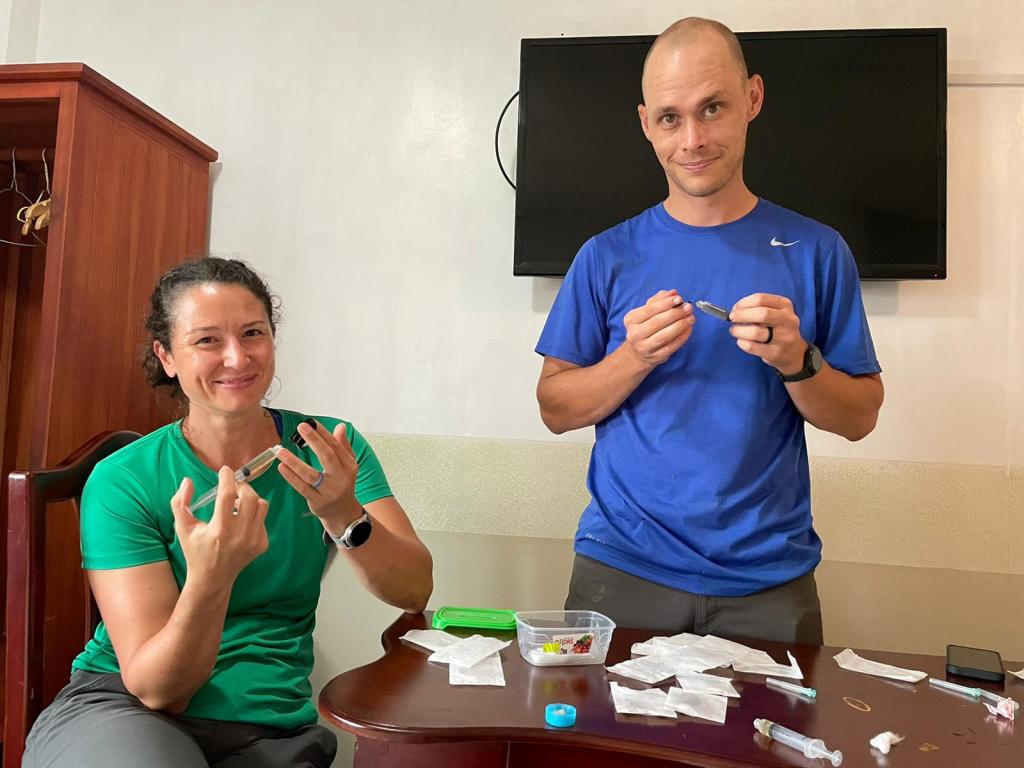
You can imagine, as the number of butterflies increases, so does the amount of time it takes to feed them. By the end of the trip, we spent 2 hours in the morning and 2 hours in the evening feeding.
How do you transport them?
It’s out of the pop-up cage and back into the envelope, my pretties!


This process takes quite a bit of time. I think it took us around 4 hours to pack ~150 butterflies. They need to be fed first, then carefully put into the envelopes—more so than in the field. Ideally, they ride on the little cotton ball, and a loose paperclip on the outside of the envelope holds them in position.
Once we were back in Tena, they were unpacked and placed in larger cages.

So, are you ready to go collecting now?
Theoretically, it’s simple. However, finding the butterflies can be challenging (especially so, depending on the species), and it’s a long day of work. Fun work! But it’s a come home-eat dinner-go to sleep kind of work.
Would I go again? Absolutely!

Still have questions? Then ask away! 😀
Hasta luego,


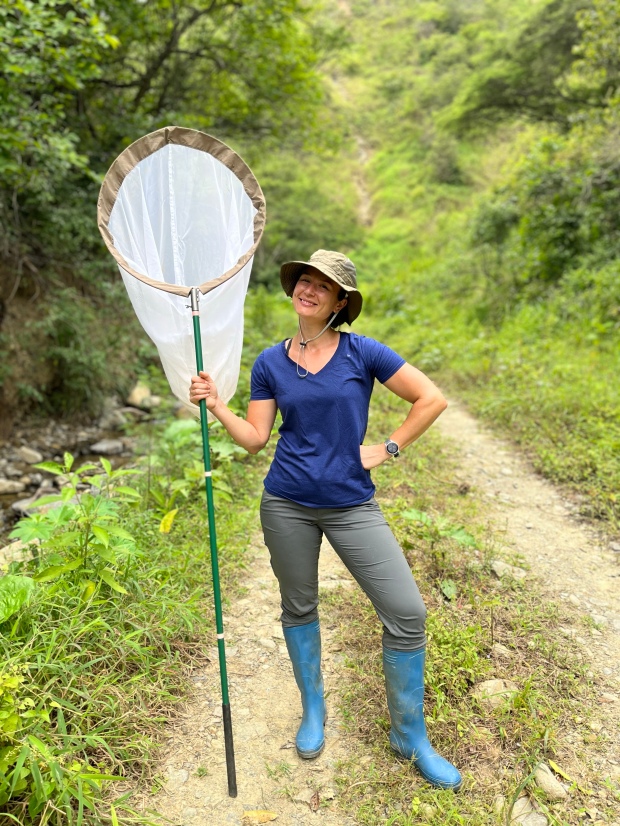


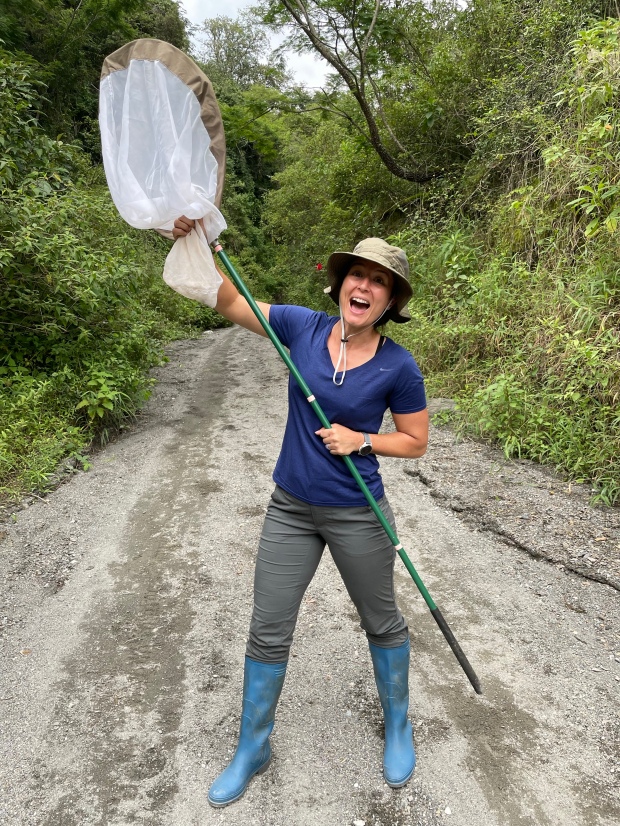


5 Comments